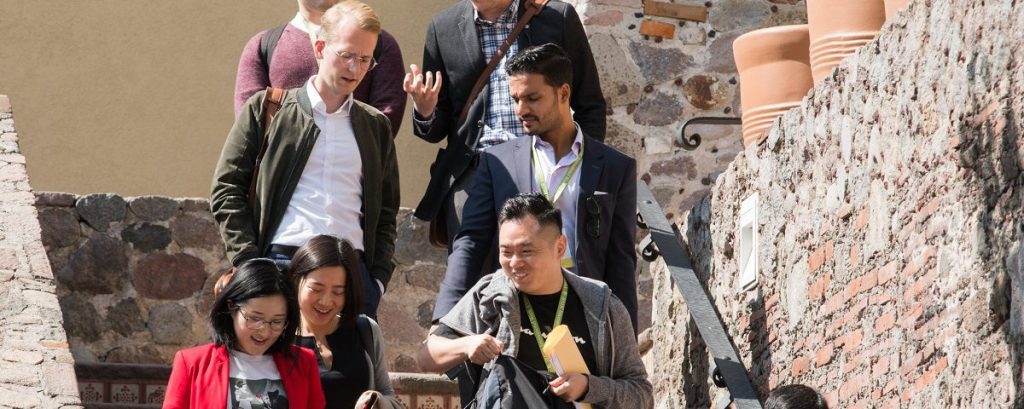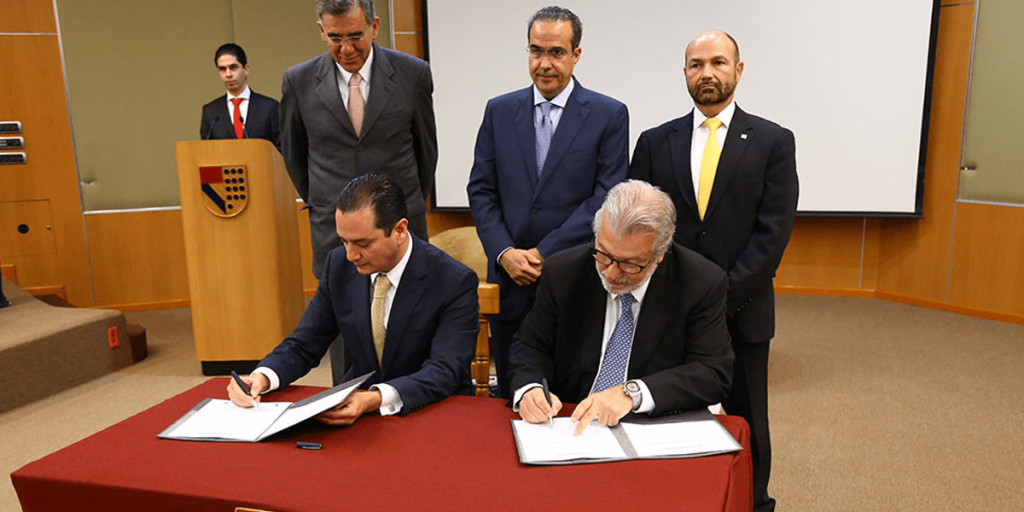The renowned economist Gerardo Esquivel recently presented an assessment of Mexico’s economic development since 2018, arguing that the main goal was achieved: doubling the real minimum wage and reducing poverty saw remarkable progress. According to his analysis, around 10 million people rose out of poverty, and the incomes of the lowest deciles grew vigorously. This is a notable achievement of recent years, thanks to the adjustment of the minimum wage and labor regulations that benefited low-income households, with a positive effect on reducing poverty and inequality—the Holy Grail of development economics.
I would add another important success: preserving part of the macroeconomic framework that existed before 2018—specifically, the autonomy of the central bank and INEGI, as well as the United States-Mexico-Canada Agreement (USMCA).
In another economic analysis, Luis de la Calle adds productive dimensions that complement Esquivel’s distributive emphasis. He examined in parallel the recent results of the 2024 Economic Census and the 2024 National Survey of Household Income and Expenditure (ENIGH), inviting a deeper look. De la Calle highlights the increase in total average household income and links it to the growth of real value added by economic units, which expanded at an annual rate of 4% between 2018 and 2023, driven mainly by microenterprises. However, he argues that the achievements in poverty reduction “have little to do with the policies of the previous administration.”
These are complementary perspectives: Esquivel underscores redistributive achievements; De la Calle, the advances in value creation and productivity. Both agree that there has been economic progress and that the most important driver has been the labor market.
That said, when viewed within a broader framework, the results are mixed and point to institutional and structural challenges. There are three economic areas showing negative balances: fiscal policy—the foundation of macroeconomic stability; public services—a key pillar of social welfare; and the business environment—essential for sustainable economic progress.
Fiscal deterioration was reflected in a historically high deficit in 2024 (5.9% of GDP), caused by growing public investment spending that has yet to yield returns. Public debt has increased both on and off the books—that is, considering not only what has been issued in the markets but also unpaid obligations to suppliers, many of which remain hidden in government drawers, particularly at Pemex, the state oil company. Public services have seen their decline, leaving millions without access to healthcare and without visible improvements in educational lag.
The business environment, measured by the optimism of Mexican entrepreneurs as captured in IPADE’s Business Expectations Survey (conducted in the same quarter as the 2024 ENIGH), showed a significant decline. At that time, only 36.8% of surveyed entrepreneurs considered it a good time to invest—a figure that remained low in the first quarter of 2025 (39.3%). Many “everyday entrepreneurs,” who in the previous administration had already felt the loss of connection with the public sector, are now concerned about the economy and the legal framework.
From this perspective, the assessment of results takes on a different tone. If the evaluation includes sustained income growth, investment, and institutional stability, the balance calls for greater caution.
From the business sector, expectations are that economic policies differ from those of the previous administration by strengthening public-private cooperation, restoring public services, and carefully managing the broad fiscal balance. After all, there is no better social policy than one that generates productive prosperity—by strengthening labor income, investing in citizens, and promoting sustainable value creation.






